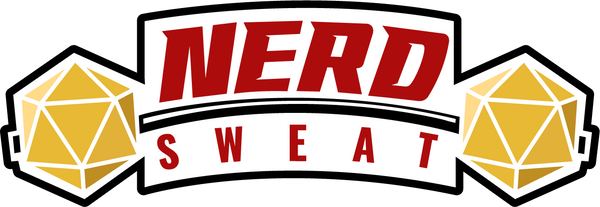
RPGs and Inclusivity: Promoting Diversity and Representation in Educational Campaigns
When you sit down at a Dungeons & Dragons table, you’re stepping into a world of limitless possibilities. You can be a fearless orc paladin, a wise elf scholar, or even a sentient mushroom bard. But while fantasy worlds are boundless in their imagination, real-life representation in tabletop role-playing games (TTRPGs) hasn’t always kept up.
The good news? That’s changing. More educators, Dungeon Masters (DMs), and game designers are prioritizing inclusivity, creating spaces where every player feels seen, heard, and valued. Whether you’re using TTRPGs in a classroom, a community center, or a corporate team-building session, here’s how you can ensure diversity and representation are at the heart of your campaigns.
Why Inclusivity Matters in RPGs
At its core, role-playing is about stepping into someone else’s shoes. When RPGs embrace diversity—whether through representation in characters, stories, or players—they become a powerful tool for teaching empathy, understanding, and collaboration.
Consider a classroom setting. A history teacher using an RPG to explore different cultures can encourage students to see perspectives beyond their own. A neurodivergent student might feel more comfortable expressing themselves through a character, finding confidence in the role-playing process.
Inclusivity isn’t just about who sits at the table—it’s about the stories we tell and the worlds we create.
Building an Inclusive Campaign
1. Representation in Storytelling
Think about the worlds you design. Do they reflect a diverse range of cultures, traditions, and experiences? A campaign doesn’t need to be a direct mirror of the real world, but it should celebrate differences rather than default to familiar fantasy tropes.
Example: Instead of the classic “medieval European” setting, why not draw inspiration from real-world cultures that are often overlooked in fantasy? The Journeys Through the Radiant Citadel D&D book (Wizards of the Coast) introduces adventures inspired by non-Western folklore, proving that diversity makes for richer storytelling.
Resource: Uncaged Anthology—a collection of myth-inspired adventures that reimagine legendary figures through a modern, inclusive lens.
2. Diverse and Inclusive Characters
Encourage players to create characters that break stereotypes. A hulking orc doesn’t have to be a brute—they could be a poet or a diplomat. A noble elf might struggle with self-doubt instead of exuding effortless confidence.
Example: In a corporate team-building RPG, a shy employee might create a bold, outspoken rogue, giving them the opportunity to practice confidence in a safe, fictional setting.
Resource: Ancestry & Culture: An Alternative to Race in 5e (by Arcanist Press) offers an excellent approach to making D&D’s ancestry mechanics more flexible and inclusive.
3. Accessibility and Player Comfort
Inclusivity also means making RPGs accessible for everyone, including those with disabilities, neurodivergence, or different learning styles.
- Offer character sheets in different formats (audio, large print, digital versions with screen reader compatibility).
- Use safety tools like the X-Card to ensure everyone is comfortable with the game’s content.
- Be mindful of social dynamics—give quieter players space to contribute and ensure that everyone’s voice is heard.
Example: A teacher running an RPG for students with ADHD might incorporate structured breaks, visual aids, and shorter encounters to keep engagement high.
Resource: Monte Cook Games’ Consent in Gaming—a fantastic guide to making sure everyone at the table feels safe and respected.
The Future of Inclusive RPGs
TTRPGs are evolving, and so are the stories we tell. By actively embracing inclusivity, we create richer, more meaningful campaigns where players of all backgrounds can see themselves as heroes. Whether you’re a DM, a teacher, or a team leader, you have the power to make RPGs a welcoming and transformative experience for everyone.
Because when it comes to adventure, everyone deserves a seat at the table.
Are you already using RPGs to promote inclusivity? Have a favorite resource or success story? Share your thoughts in the comments—I’d love to hear how your table is making the world a little more welcoming, one roll at a time!
